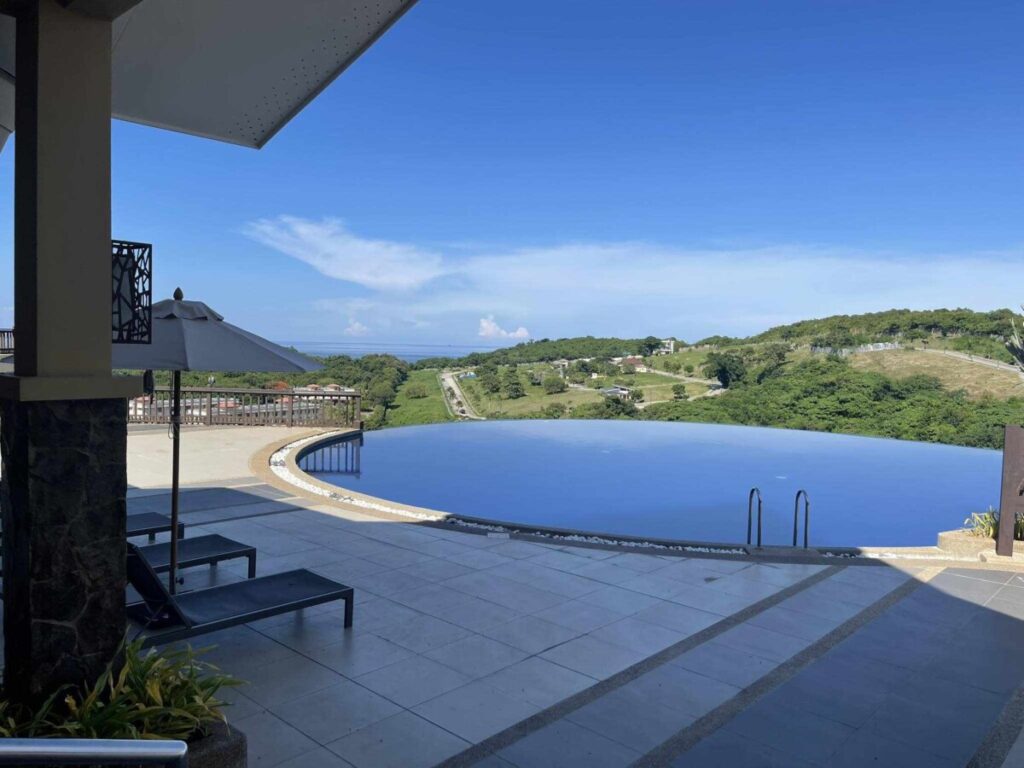
Selling land or a house in the Philippines isn’t just about paperwork—it’s personal. Whether it’s a piece of farmland passed down from your grandparents or a house you built with your own hands, letting go of property often comes with a mix of emotions. That’s why you need more than legal steps—you need real talk, honest advice, and a bit of storytelling. So grab your coffee. Let’s get into it.
Key Takeaways
- Get Your Documents Ready First
A missing title or outdated ownership can delay your sale for months. Make sure everything is in order before listing your property. - Price Realistically, Not Emotionally
Check the going rates in your area and build in room for negotiation. Overpricing can turn buyers away fast. - DIY or Broker? Choose What Fits You
Selling on your own saves commission but takes time and effort. A licensed broker can handle the heavy lifting—just check their PRC license. - Good Ads Sell Faster
Clean photos, clear captions, and spreading the word (online and offline) help attract serious buyers. Don’t underestimate word of mouth. - Seal the Deal Safely and Properly
Finalize with a notarized Deed of Sale, pay the necessary taxes, and never release the title until full payment is made. Safety and clarity are key.
Step 1: Get Your Papers in OrderBefore you even think of posting your land on Facebook or calling a broker, check your documents. Missing papers can delay things for weeks—or months. The main documents you’ll need include:
- Title (TCT or CCT, depending on the type of property)
- Tax Declaration
- Latest Tax Receipts
- Valid ID of the owner
- Deed of Sale (eventually, when you close the deal)
Let me tell you a quick story: A friend of mine, Paolo, tried selling his family’s lot in Cavite. He had everything—except one thing: the title was still in his grandmother’s name. That delayed the sale by almost a year because they had to process an extra set of papers for inheritance. Lesson? Get your documents lined up early.
Step 2: Set a Fair Price Pricing too high? Buyers will scroll past your ad. Too low? You might lose money. Look around your area. Check prices of similar properties on websites like Lamudi or Facebook Marketplace. Better yet, talk to a local appraiser or a licensed broker. They usually have a good pulse on your neighborhood’s going rates. And don’t forget the “bargain factor.” Many buyers will try to haggle. If you’re expecting ₱2 million, consider listing it at ₱2.2 million to give yourself some wiggle room.

Step 3: Decide How You Want to Sell You’ve got two main paths here:
- Sell it yourself
- Get a broker
Selling it yourself might save you commission fees, but you’ll have to do the legwork—screening buyers, answering questions, showing the property, handling paperwork.Brokers, on the other hand, usually take around 3% to 5% commission but will make your life a lot easier. Just make sure they’re licensed. Ask for their PRC license number. It’s okay to ask—you’re protecting your property.One seller I spoke to, Tita Marie from Quezon City, tried doing it all herself. In the end, she gave up after a string of no-show buyers and ended up getting a broker. Her house was sold in a month after that.
Step 4: Advertise Smart If you’re going solo, make your ad stand out. Clear photos are a must. Clean up the place before taking pictures. Add a short but honest caption:
“Titled Lot for Sale – 300 sqm in Tagaytay, near highway, peaceful area. With fruit-bearing trees. Direct buyers only. Call or message.”
Post on Facebook, Carousell, and even on your personal timeline. Word of mouth works too. Tell your neighbors, church friends, even the barangay captain. Someone might know someone looking.
Step 5: Screen Potential Buyers Not every “interested buyer” is ready or serious. Some just want to look around. Ask early on if they’re buying in cash or through a loan. If it’s through a bank loan, make sure the property is eligible. Some buyers won’t qualify, and you might waste months waiting. Also, always meet in a public place first or bring someone with you if they want to see the property. Safety matters.
Step 6: Finalize the Sale Once you’ve agreed on a price, it’s time to make things official. The buyer usually shoulders the Transfer Taxes, Documentary Stamp Tax, and Notarial Fees. But talk it out early so no one’s surprised.
The main steps here are:
- Sign a Deed of Sale
- Have it notarized
- Pay taxes at the BIR
- Transfer the title at the Registry of Deeds
- Update the Tax Declaration at the City or Municipal Assessor’s Office
Tip: Don’t release the original title until full payment is made and the deed is signed. Trust is good—but caution is better.
Common Mistakes to Avoid
- Selling without a clean title
- Not settling estate taxes if inherited
- Letting “agents” sell without agreement
- Failing to declare capital gains or taxes
These things can delay the sale or, worse, make it fall through entirely.
Final Thoughts
Selling property in the Philippines can feel overwhelming—but it doesn’t have to be. The key is to be honest, organized, and alert. And don’t rush. A little patience can save you from big problems later on. I’ve seen first-time sellers go from stressed out to relieved once the sale is done. I’ve also seen others lose money by skipping important steps. So go slow, ask questions, and don’t be afraid to ask for help. It’s your land. Your home. Your story. Make sure the next chapter is a good one.
Can I sell a property that’s still under my parent’s or grandparent’s name?
Yes, but you must first transfer ownership through inheritance proceedings and pay the estate taxes. This can delay your sale if not done in advance.
Who pays for the taxes and fees during the sale?
Typically, the buyer shoulders taxes like Transfer Tax and Documentary Stamp Tax, but it’s best to discuss and agree on this upfront to avoid confusion.
Do I need a broker to sell my property?
No, it’s not required—but a licensed broker can make the process smoother and help filter serious buyers. Just make sure they’re legit.